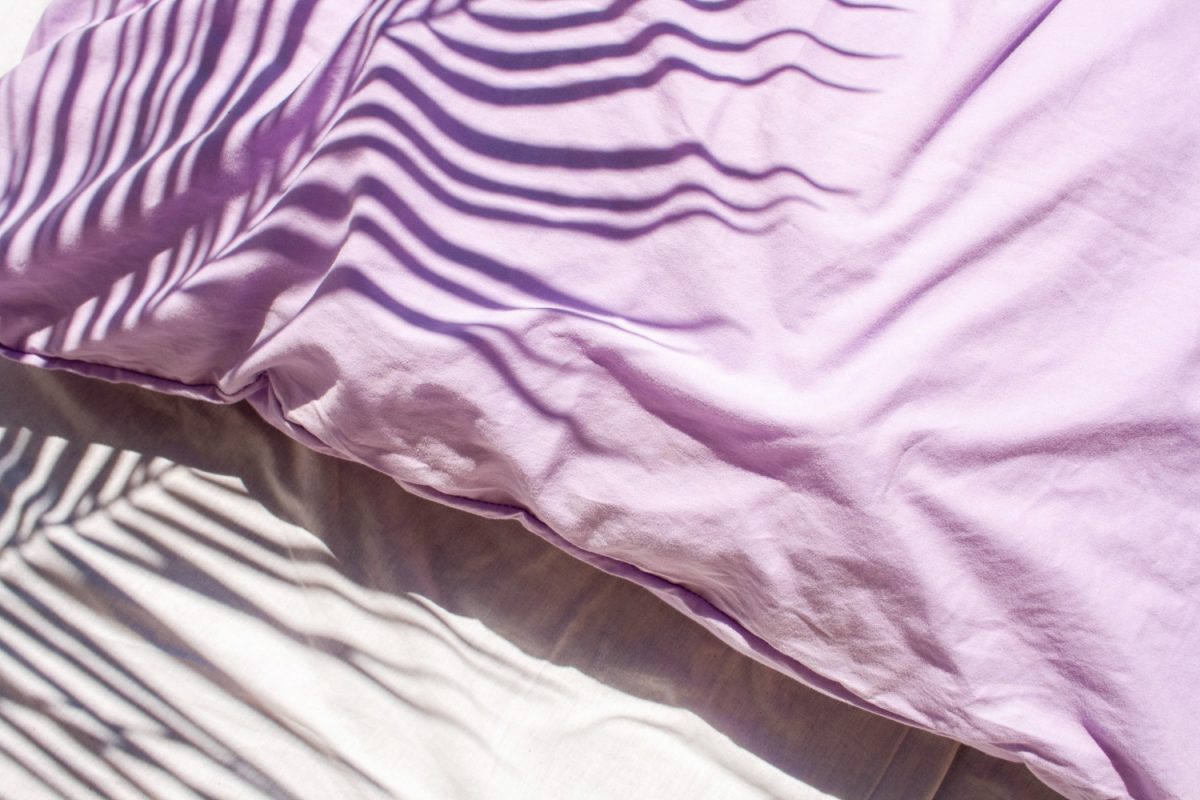
Sponsored article
Choosing the perfect comforter can be an extremely difficult and annoying task. No one likes to freeze, sweat while sleeping, or experience that uncomfortable feeling when bedding sticks to your body. But once you find the one that’s “just right,” it can make a big difference in the quality of your sleep. So it’s worth taking some time to consider which comforter is right for you.
Comforters are usually made with one of two types of filling: natural (down, silk, bamboo, wool) or synthetic.
Down comes in a variety of colors and can vary in quality depending on factors such as maturity and species of bird. Quilts are usually filled with duck or goose down. Generally, duck down is cooler and lighter, while goose down, characterized by its larger size, is warmer and more insulating.
Quilts filled with silk and bamboo are 100% hypoallergenic, making them ideal for people with sensitive skin and allergies. These natural fibers are excellent insulators and are great at wicking away moisture to keep sleepers cool and dry.
Wool fill can wick away moisture up to a third of its weight! This helps to maintain a fresh, dry environment. Wool is also considered a sustainable fabric because it comes from an animal-friendly, renewable resource. Slightly heavier and denser, wool makes a good option as a year-round quilt.
Finally, there are synthetic fillings that emulate down, like microgel. It is made from 100% polyester, making it hypoallergenic and easy to care for. For those looking for an affordable option at a great price, a microgel comforter may be just the thing. It’s worth noting, however, that to equal the warmth of a down comforter, a microgel comforter requires roughly three times the amount of filling. Synthetic quilts can therefore be slightly heavier.
With higher quality down, you can get better results with less filling. It all depends on how much space the down fills, not how much of it is there. For example, 30g of luxurious goose down can fill more space than 30g of lower quality duck down, so this filling can hold more air in the quilt and create more warmth without the need for extra filling.
If you are buying a quilt for a child remember that children tend to sleep in warmer environments, so they need a lighter, warming quilt.
Sheathing is usually judged by the number of threads. A higher thread count does not make the fabric more resistant to down. That said, it should be added that the higher the thread count, the softer and lighter the outer fabric will be. This allows for more insulation from the down fill and a smoother feel to the touch.
Sheathing can also be made from alternative fibers such as bamboo. Bamboo bedding provides excellent temperature regulating properties, making it a good choice for those who like warmth.
There are several different methods of sewing and constructing comforters. One of the best and most popular is called baffle. Basically, it involves sewing the quilt together in such a way that equal distance baffles are created. These baffles provide space for the down and remain evenly spaced. This way we can be sure that the filling will not move during movement and there will be no permeable spots.